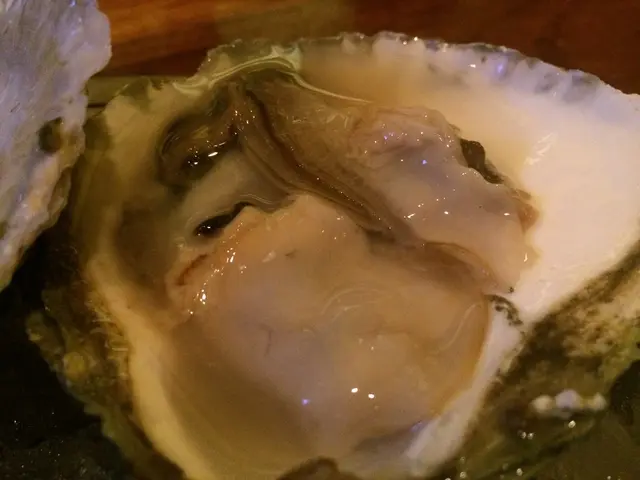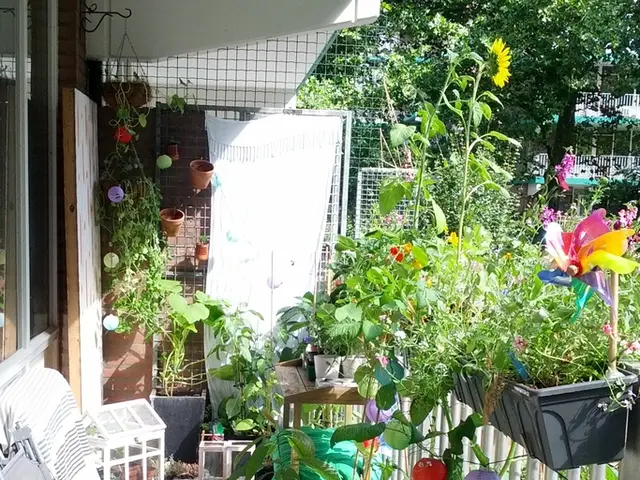Fast Solutions for Common Cucumber Plant Issues: A Comprehensive Guide
Cucumber plants, a popular garden staple, can face various issues that may affect their growth and fruit production. Here's a guide to understanding and addressing common problems faced when growing cucumbers.
- Poor Growth of Cucumber Plants
Causes: Poor soil conditions, inadequate sunlight, improper watering, pests, diseases, and extreme temperatures.
Solutions: - Prepare soil well with compost and ensure a pH between 6.0 and 6.8. - Provide at least 6 to 8 hours of direct sunlight daily, using supplemental lighting if necessary. - Maintain consistent watering—keep soil moist but not waterlogged. Mulch helps retain moisture and regulate temperature. - Use trellises for good air circulation and regularly check for pests and diseases to treat promptly. - Encourage pollinators by planting flowers nearby.
- Yellowing Leaves
Causes: Nutrient deficiencies, overexposure to sunlight or heat, sap-sucking pests like aphids, whiteflies, spider mites, or diseases.
Solutions: - Ensure rich soil by amending with compost before planting and fertilize every two weeks with balanced fertilizer. - Provide appropriate sunlight—6-8 hours but protect from intense heat or sunscald with shade cloth during heat waves. - Manage pests using organic or chemical controls if infestation is severe.
- Fungal Diseases (e.g., Powdery Mildew, Downy Mildew)
Causes: High humidity, poor air circulation, wet foliage.
Solutions: - Plant cucumbers spaced to allow airflow, use trellises. - Apply appropriate fungicides or organic treatments at the first sign of infection. - Avoid overhead watering to reduce leaf wetness.
- Pest Infestations
Common pests: Aphids, cucumber beetles, whiteflies, spider mites.
Effects: Damage leaves and stems, stunting growth, honeydew residue leading to mold.
Solutions: - Regularly inspect plants and remove pests manually or apply insecticidal soaps/neem oil. - Encourage beneficial insects like ladybugs.
- Poor Pollination Leading to Deformed or Misshapen Fruit
Causes: Lack of bee activity, high temperatures degrading pollen quality, or imbalance in male/female flowers.
Solutions: - Plant flowers to attract pollinators and avoid pesticide use during bloom. - Use shade cloth to protect plants from excessive heat which affects flower and pollen development. - Consider planting heat-tolerant cucumber varieties or adjust planting time to cooler parts of the season.
- Overwatering
Causes: Frequent watering leading to wet soil, root rot, and poor growth.
Solutions: - Allow the top inch of soil to dry out between waterings. - Water the root zone directly and avoid waterlogging. - Remove damaged leaves to help the plant focus energy on new growth.
Other challenges include anthracnose, pickleworm infestations, and cucumber beetle damage. Prevent anthracnose by cleaning up old plant debris and following crop rotation guidelines, and use registered fungicides and resistant varieties to manage anthracnose. Erecting row covers can prevent adult moths from laying eggs on cucumber plants and help prevent pickleworm infestations. Neem oil can be used as a natural control for cucumber beetles.
By addressing these common problems with proper soil preparation, watering practices, pest and disease management, pollination support, and protection from extreme weather, cucumber plants can thrive and produce healthy fruit.
Enhancing Home and Garden Environment for Growing Cucumbers
- Fostering the right lifestyle helps create a conducive home-and-garden space for cucumber cultivation, enabling healthy growth and fruit production.
- To promote a flourishing cucumber garden, incorporate elements like well-prepared soil, adequate sunlight, smart watering techniques, appropriate airflow, and strategic use of trellises, while also addressing common issues such as nutrient deficiencies, pests, and diseases.





